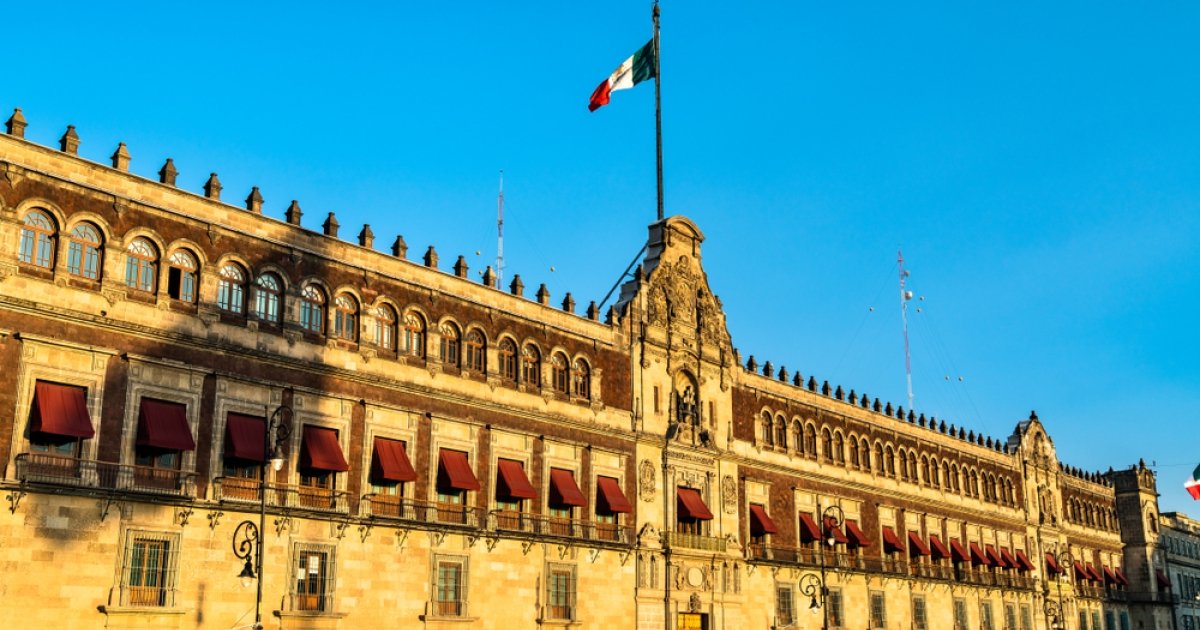Mexican politicians often neglect international trade and global relations during presidential campaigns, despite their crucial role in the country’s economy. With trade accounting for 88% of Mexico’s GDP in 2022, voters should analyze the candidates’ perspectives on trade and competitiveness. The dogma that domestic policy is the best foreign policy is questionable in the current Mexican context.
Despite its relevance, we have seen trade often being left out of the political debate, with politicians focusing on “more important” issues. Political narratives usually revolve around social and collective memory aspects, rather than the participation in the global economy, as it is shown in a study on the 2018 elections in Mexico, published by the University of Salamanca (Ruiz-Paz, Y., 2022). The challenge is for candidates to engage the public in debates around trade issues, instead of ignoring them because they assume that it does not connect with the population or that they are too complex topics.
It is unfair though to delegate the responsibility solely to the candidates. Everyone involved in the decision making of electing a country leader should contribute to deep dive in the relevant topics for the public agenda. So, how important is it to pay attention to foreign relations? The answer lies in the symbiotic relationship between trade and competitiveness: Greater access to markets allows companies to sell their products to a greater number of consumers, increasing production and efficiency; facilitates the linkage and transfer of new technologies that increase productivity; favors economies of scale; and stimulates industries to innovate and improve to become more competitive.
In today’s interconnected world, success is so linked to competitiveness. Yet, while closed economies are not the answer, trade alone is not sufficient. Mexico, which has had an open economy for nearly four decades, serves as a prime example. Despite preferential trade agreements with over fifty countries, politicians have grappled the nation with economic shocks, institutional changes, and national infrastructure decisions, all impacting its global competitiveness.
Therefore, the competitiveness indicators, either from the World Economic Forum (WEF) or the one from the Mexican Institute for Competitiveness (IMCO), show variations across time for Mexico. The key takeaway? Trade openness is necessary but not sufficient for success. Countries require robust policies and institutions to fully harness the benefits of international trade. Even now becoming a nearshoring phenomenon mainly driven by México’s geographical position, it is not enough to capitalize on a new Mexican boom.
The bottom line is, to reach a positive outcome from trade through enhancing competitiveness, it is important to take responsibility as voters and analyze what the perspective of the presidential candidates is on trade, and its relation to competitiveness and growth. With only two candidates with realistic chances of winning the presidency, Mexico faces a dichotomous and critical decision: One candidate reinforces the idea that the best foreign policy is domestic, while the other has shown more interest in international trade issues.
The country needs a roadmap to navigate in international waters. A strong ship is not enough without a port and a lighthouse. A comprehensive economic and trade development policy is necessary to consolidate the country domestically and competitively abroad; particularly while sailing through rough waters, with multiple variants that could in current times undermine its position. On the eve of the sunset clause that triggers a review process of the USMCA, the US also going to the polls, Europe on the brink of war, and Asia showing signs of economic recession, it remains to be seen if this will be the opportunity for Mexico to find its lighthouse in time.

Leave a Reply